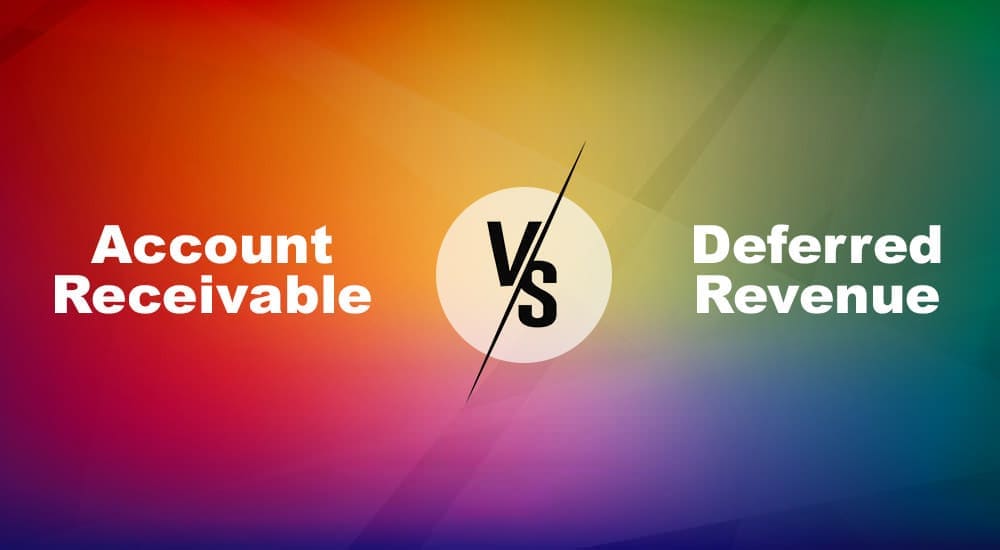Businesses must first track their financials, inflows, and outflows so that they may, in turn, track their expenses, profits, and losses. In financial accounting, these processes are called “accounts receivable” and “deferred revenue.”
Today’s blog post will discuss these two accounting concepts and their differences.
Accounts Receivable
An account receivable is a payment the business will receive for the product or service they have sold to the customer, and the customer has received it. On the balance sheet, accounts receivable are assets.
An example can be a sale of the product through installments. Here, the buyer purchased the goods on credit and did not pay the full amount. The business gets the complete payment gradually.
Deferred Revenue
Deferred revenue is comprised of balance-sheet liabilities. These are payments that the business has received in advance, but the products or services have not yet been delivered. Deferred revenue is sometimes considered to be unearned income, as the customer has not yet received the goods or services.
Subscription services are examples of deferred revenue as the customer pays the full amount upfront and then uses the service throughout the year or month.
Differences Between Accounts Receivable and Deferred Revenue
The following table shows the main difference between these two account concepts:
| Attribute | Deferred Revenue | Accounts Receivable |
| Payment Timing | Received upfront | Received after delivery |
| Earnings Timing | Received when goods or services are delivered | Received when goods or services are delivered |
| Balance-Sheet Record | Current liability | Current asset |
Summary
Deferred revenue and accounts receivable represent different stages in the income process and key business accounting concepts. Businesses must first track these parameters so that they may, in turn, track their business performance.
